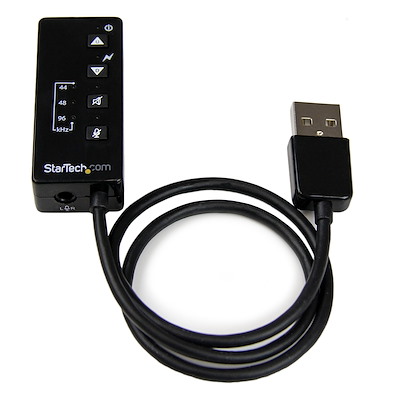


A cross sectional view would look almost like a flat-blade screwdriver, with the edges being able to trace even the narrowest groove crevice. If properly set up (the big “if”) you can also expect lower distortion. It more closely resembles the cutting stylus itself and so is theoretically capable of extracting more information from the grooves, particularly the higher frequencies and especially those located closer to the label area. The MicroLine stylus has an even narrower “contact patch” than the already “severe” Shibata stylus used on the Hana SL. Other specs that are provided are output balance of 100 ohms recommended loading, while the MH’s is 130 ohms with the standard 47kOhm loading spec. Both worked well in the Kuzma 4 Point and Rega RB3000 arms 4mV while the MH (high) outputs 2mV Both feature Cryogenically-treated magnetic circuitry, Delrin (a POM variant) bodies and gold-plated, copper top plates that at 9 grams make these two almost twice as heavy as the aforementioned SL, which will make it more suitable for some arms and less so for others, though since Excel Corp does not specify compliance, it’s not possible to calculate what effective mass arms will best work with these two cartridges. Both cartridges feature nude MicroLine styi attached to aluminum cantilevers, hence the “M”.

Other than output, which is a function of the number of “High Purity” copper coil turns, the two cartridges are identical. So, I asked the importer, Musical Surroundings, for these two and have had them in and out of the system for some time, but have not had a chance until now to write them up. Though AnalogPlanet reviewed the low output $750 Hana SL cartridge back in 2017 inĪ “shootout” with the $999 Ortofon Quintet Black S, we’re kind of “late to the fair” on these two newer Hana models, in part because they’ve been reviewed by others in Stereophile (and of course elsewhere), where I mostly (but not exclusively!) cover the top end of the high performance market.


 0 kommentar(er)
0 kommentar(er)
